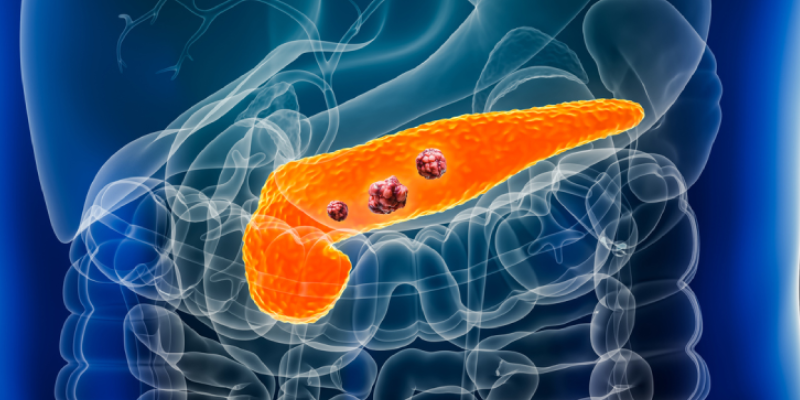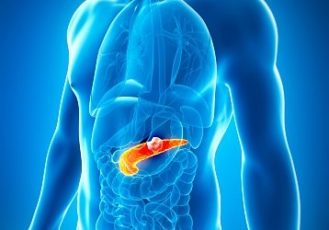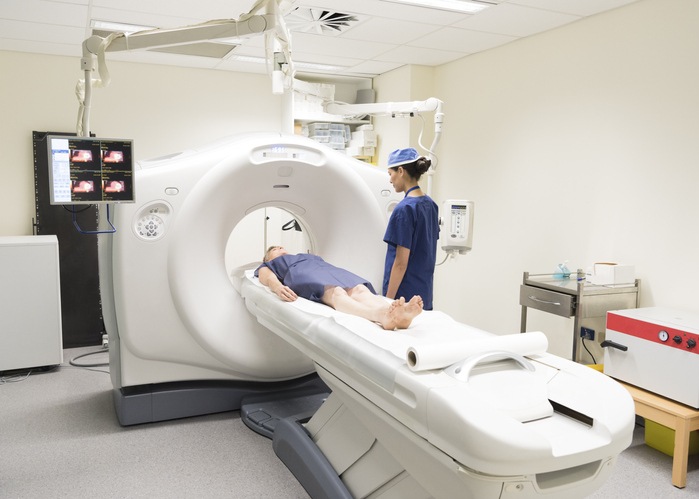
GEP-NETs
Advertisement
New findings presented at the 2025 ASCO Annual Meeting expanded on HRQOL data from the phase 3 CABINET trial.
The guideline includes recommendations for the management of carcinoid syndrome and carcinoid heart disease.
Dr. El-Rayes reflects on his career in translational research, emphasizing his efforts to expand trial infrastructure.
Positive results from the phase 3 CABINET trial led to the treatment’s approval, which showed a median PFS of 13.8 months.
The primary objective of median PFS was significantly longer for patients treated with 177Lu-edotreotide.
A new retrospective study has examined the use of 68Ga-DOTATATE PET/CT in all stages of disease.
The combination of EVE/LAN can significantly prolong PFS in patients with well-differentiated grade 1/2 GEP-NETs.
A novel auto-segmentation model and radiomics signature may help with preoperative clinical decision-making for GEP-NETs.
The peripheral blood transcriptome of NET patients showed differential enrichment of 30 systemic cancer hallmarks.
A blood-based, non-invasive classifier can serve as an optional tool for conventional methods in the detection of NETs.
Dr. Weinberg provides a recap of all of the GI oncology data of practice-changing potential presented at ESMO 2024.
Cabozantinib continues to demonstrate significant improvement in PFS in extra-pancreatic or pancreatic neuroendocrine tumors.
Cabozantinib can be used for patients with pNETs or epNETs.
While GEP-NETs are often torpid, the incidence of patients with GEP-NETs has increased over the last few years.
First-line 177Lu-Dotatate with octreotide LAR can extend median PFS by 14 months in patients with advanced GEP-NETs.
A phase 1/2 study highlights the “extremely robust efficacy and good safety profile” of an anti–PD-L1 for EP-NEC.
Researchers can quantify absorbed doses through serial postinfusion scintigraphy measurements of the γ-emissions.
This marks the first FDA approval of a radioactive drug for patients 12 years or older with SSTER-positive GEP-NETs.
Researchers also found statistical significance for the TBR SULpeak of the primary and liver lesions.
Dr. Christopher Lieu gives an overview of the BESPOKE trial and the GALAXY arm of CIRCULATE-Japan, as well as NETTER-2.
Advertisement




















 © 2025 Mashup Media, LLC, a Formedics Property. All Rights Reserved.
© 2025 Mashup Media, LLC, a Formedics Property. All Rights Reserved.